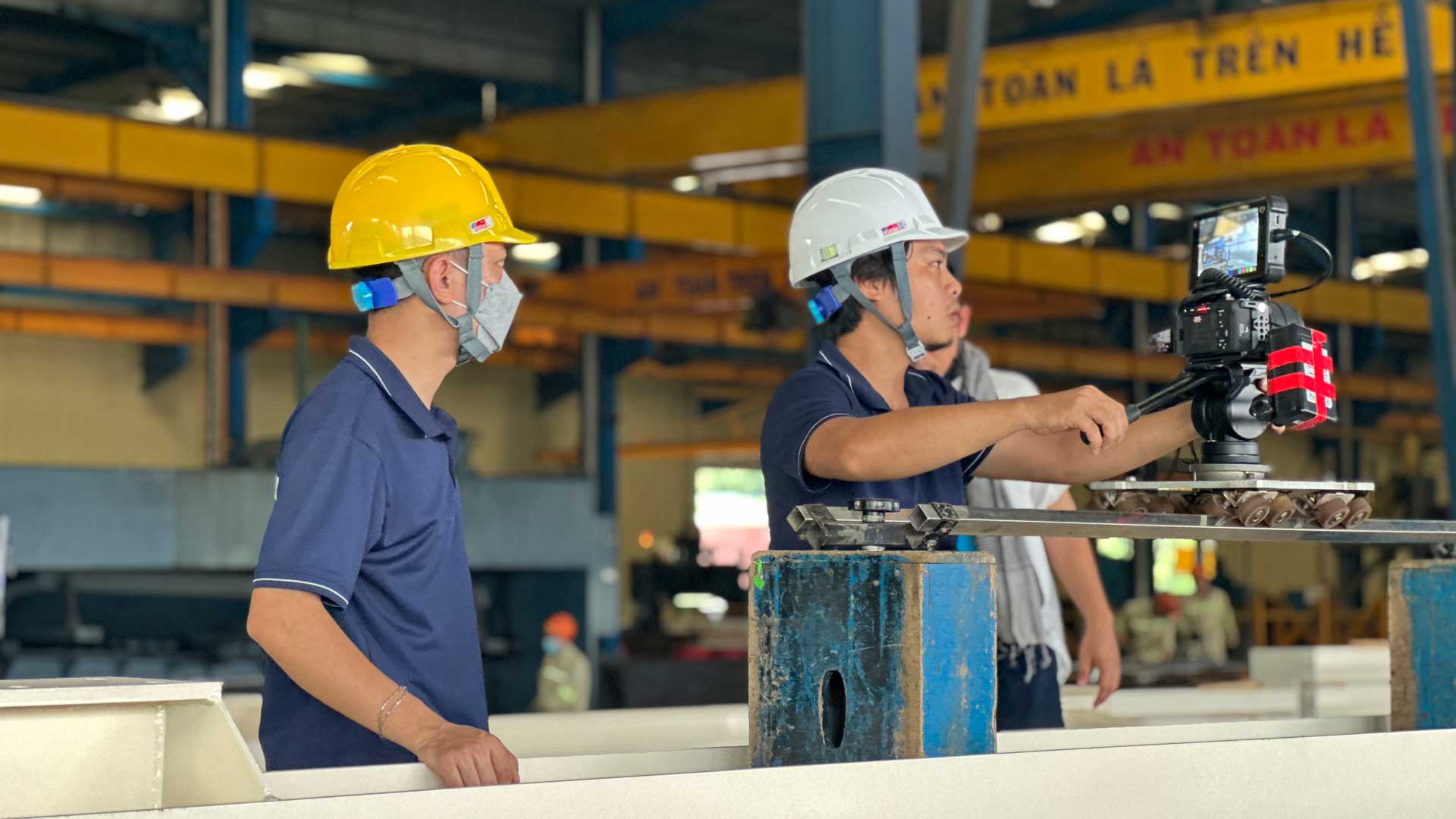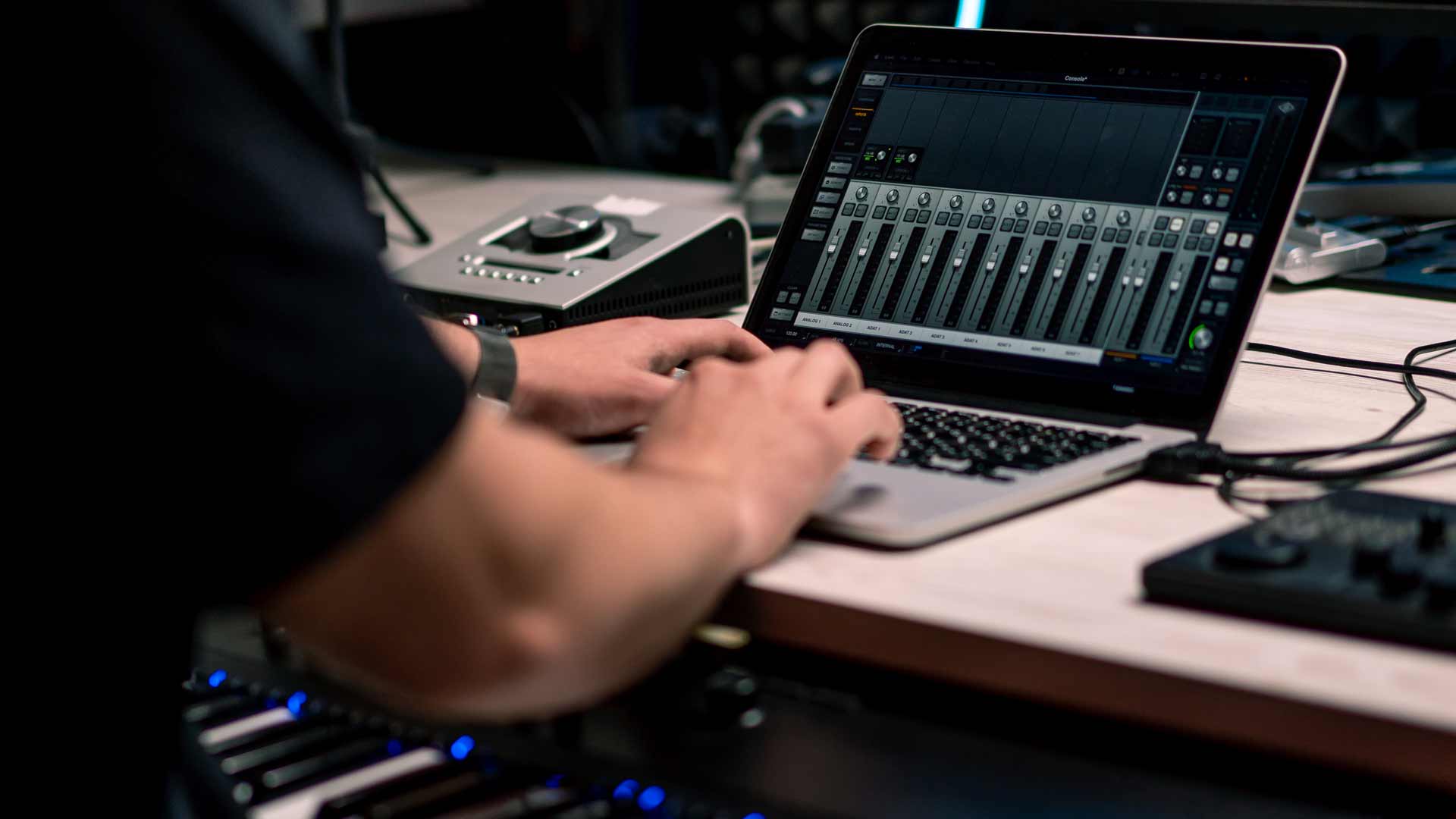The Future of Video Production: Emerging Trends and Timeless Techniques
In today's fast-paced digital landscape, video production continues to evolve, blending cutting-edge technology with time-tested techniques. As we look ahead, several emerging trends are set to shape the future of video production, enhancing creativity and efficiency while maintaining the core principles that have guided the industry for decades.

Emerging Trends in Video Production
1. Artificial Intelligence and Machine Learning: AI and machine learning are revolutionizing video production. From automating editing processes to enhancing visual effects, these technologies are streamlining workflows and allowing creators to focus more on storytelling. AI-driven tools can analyze footage, suggest edits, and even generate content, significantly reducing the time and effort required in post-production.
2. Virtual and Augmented Reality: VR and AR are opening up new dimensions in video production. These technologies offer immersive experiences that were previously unimaginable, allowing viewers to interact with content in novel ways. Filmmakers are now exploring VR and AR to create interactive stories and virtual environments, pushing the boundaries of traditional storytelling.
3. 4K and Beyond: The demand for high-resolution content is on the rise. With the advent of 4K, 8K, and even higher resolutions, video production is reaching new levels of clarity and detail. This trend not only enhances the viewing experience but also provides greater flexibility in post-production, such as cropping and stabilization without compromising quality.
4. Remote Production: The global pandemic accelerated the adoption of remote production techniques. Cloud-based collaboration tools and high-speed internet have made it possible for teams to work together from different locations. This shift is not only convenient but also cost-effective, allowing producers to tap into a global talent pool and reduce travel expenses.
5. Live Streaming and Interactive Content: Live streaming has become a vital tool for engaging audiences in real-time. Platforms like YouTube, Twitch, and social media channels offer opportunities for live interaction, fostering a sense of community and immediacy. Interactive content, such as choose-your-own-adventure videos, is also gaining traction, providing viewers with a more engaging and personalized experience.
Timeless Techniques in Video Production

While new technologies are transforming video production, certain timeless techniques remain essential. These foundational elements continue to play a crucial role in creating compelling and impactful content.
1. Storytelling: At the heart of any great video is a compelling story. Effective storytelling captivates audiences, evokes emotions, and leaves a lasting impression. Whether through narrative arcs, character development, or thematic elements, the art of storytelling remains a cornerstone of video production.
2. Cinematography: The craft of cinematography involves the careful selection of camera angles, lighting, and composition to convey a story visually. Mastering the principles of cinematography, such as the rule of thirds, depth of field, and color theory, ensures that each frame contributes to the overall narrative.
3. Editing: Editing is where the magic happens. Skillful editing can transform raw footage into a cohesive and engaging story. Techniques such as pacing, transitions, and continuity are crucial in maintaining the flow and rhythm of the video. An editor's ability to cut and splice footage effectively can make or break a production.
4. Sound Design: Sound is a powerful tool in video production. It enhances the visual experience, conveys mood, and adds depth to the story. Good sound design includes not only clear dialogue but also ambient sounds, sound effects, and music. Paying attention to audio quality and synchronization can significantly elevate a video.

5. Pre-production Planning: Thorough pre-production planning is essential for a successful shoot. This phase includes scripting, storyboarding, location scouting, and scheduling. Proper planning ensures that everyone involved is on the same page, reducing the likelihood of costly mistakes and delays during production.
Conclusion
The future of video production is bright, with emerging technologies offering exciting possibilities for creativity and efficiency. However, the timeless techniques that have shaped the industry remain just as important. By embracing both new trends and traditional methods, video producers can continue to create content that resonates with audiences and stands the test of time. Whether you're a seasoned professional or an aspiring filmmaker, staying informed about these developments will help you navigate the ever-changing landscape of video production.